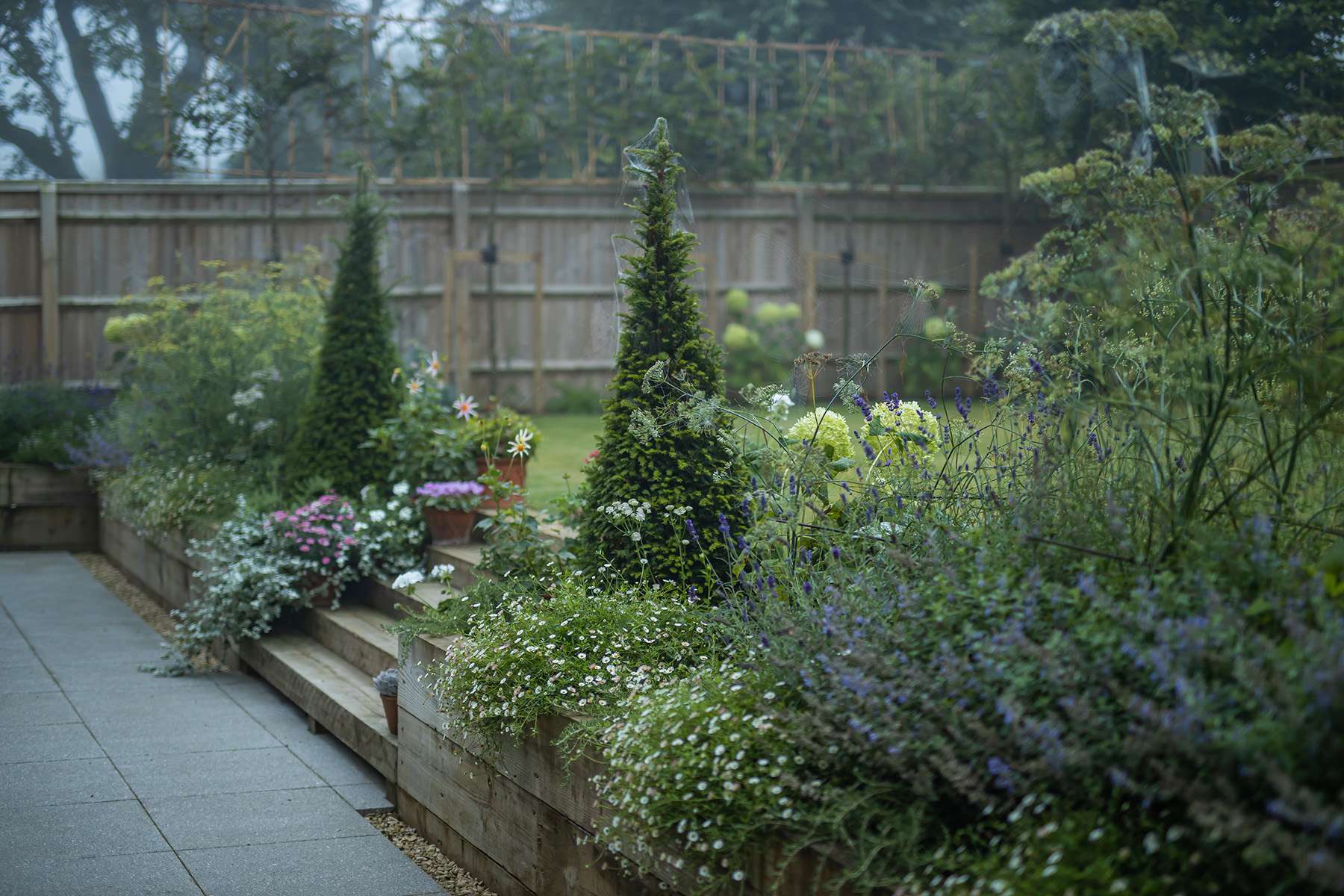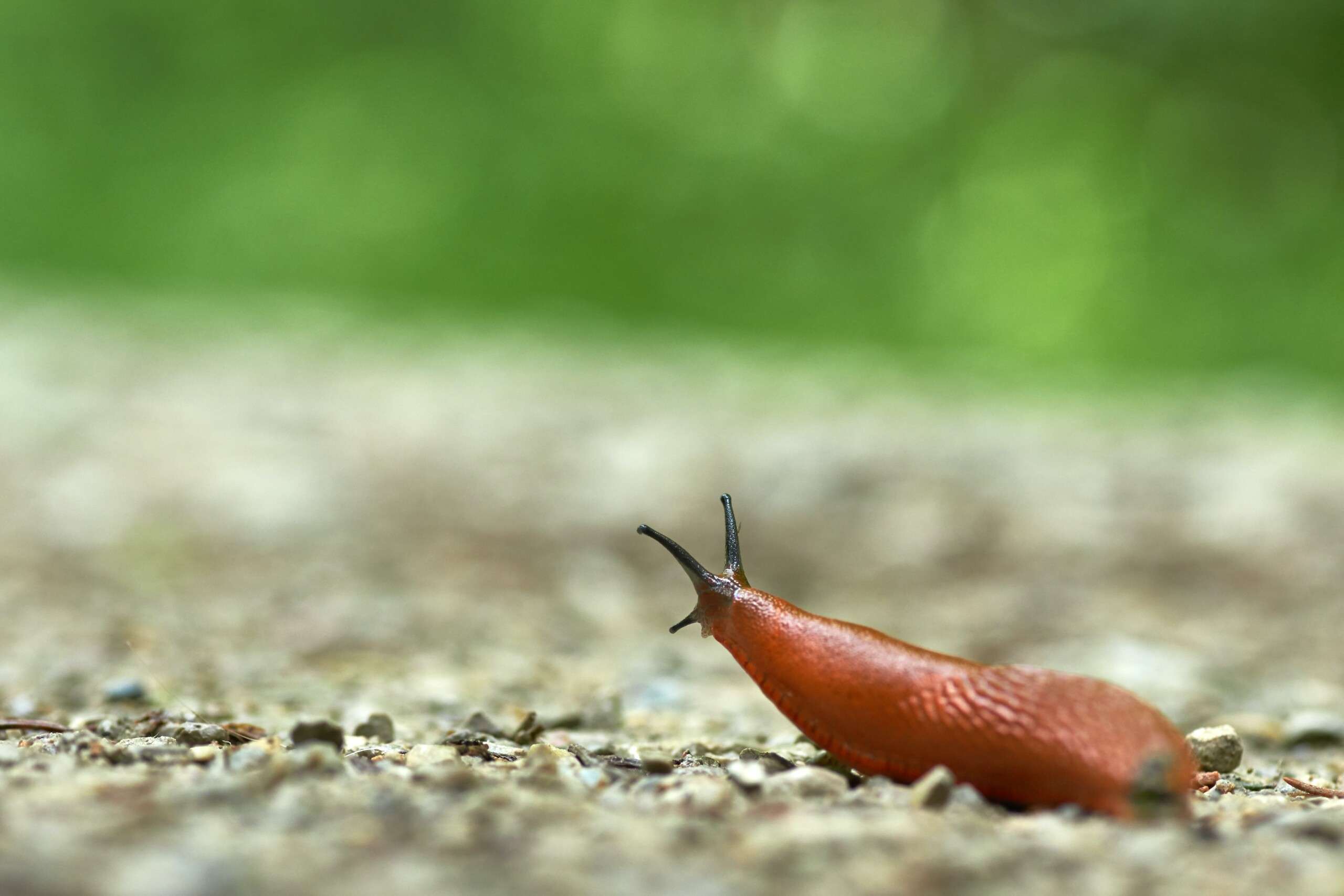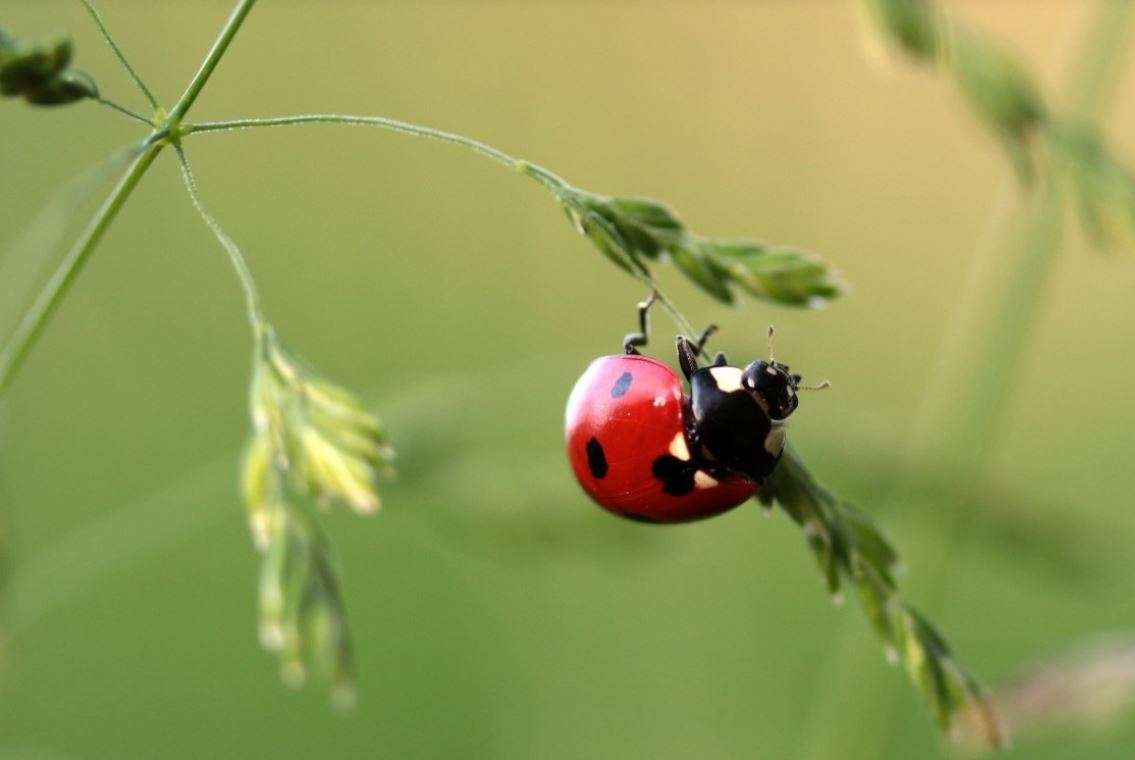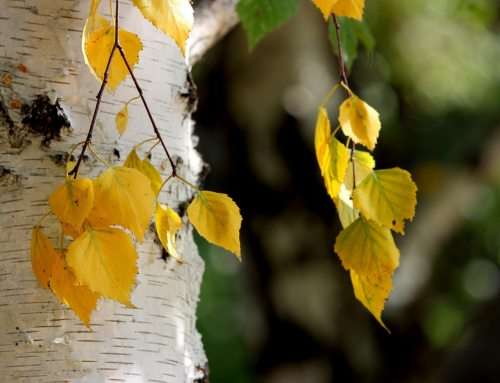Biological Controls: Nematodes
By Libby Reeves
Biological controls are tiny creatures that we can use within our gardens to control pests and disease. It is a more recent method, but a highly valued version of pest control that is encouraging farmers, growers and gardeners alike to move away from chemical use.
This is important. Chemicals are dangerous, non-specific and our plants are regularly showing resistance to the available chemicals, and they stop working. Further research must be completed, and new chemicals produced. Many of which are stronger, more dangerous and more expensive than the previous.

Biological controls are highly specific to the pest they are trying to kill, so they are very safe for people, pets, wildlife and beneficial insects.
Application is usually easy, as the packets can be suspended in water and added to the soil using a watering can. Weather is not a huge consideration as they can be applied when wet or dry. Although there is a minimum suggested level of use to see effect, you cannot overdose in biological controls as they will not damage the plant in any way.
Slugs
Slug damage is common and extensive. They will attack many of our treasured plants in the garden, eating the leaves and stems until nothing is left except the slimy trail. The nematode (tiny worm) used to kill slugs will enter the small, herbivorous slug (or small snail) and reproduce inside them. The belief is that the growing nematode excretes a chemical that kills the slug although it’s specific mechanism of action is still unknown. The nematode can take a few weeks to kill a slug, but the appetite will be hugely reduced after a few days, suggesting early application is a good idea. It has been proven that this biological control is as effective, or more so than the chemical alternative.
The soil temperature needs to be a minimum temperature of 5 degrees Celsius for it to work, limiting use to spring, summer and autumn, although it can be used all year round under glass. This should cover the major growing and slug damage season.

Vine weevil
These are herbivorous insects that will happily munch their way through an entire garden of prized plants. The adult damage, although unsightly, is not usually a problem. In late summer they lay eggs into the soil hatching into small white grubs that over winter within the roots of the plant. These are a much bigger problem as they will feed extensively on the root system, often killing the plant in the process. Container growing is particularly hazardous when faced with vine weevil larvae.
The nematode enters through the natural orifices and excretes bacteria that poisons the blood, killing the grub. The soil needs to be at least 5 degrees C for it to work efficiently, and the nematode is applied in autumn. For extreme cases, they need to be reapplied in spring and again the following autumn.
Lawns
There are two main pests of lawns that can be controlled by nematode use, and it is important to recognise which one you have as the controls are different. Leatherjackets are the larvae of craneflies, and the eggs hatch a few weeks after they were laid in August-October. A mild winter will allow them to eat the roots of lawns soon after hatching. The lawn will start to go yellow and die off. A colder winter just pushes the damage back a few months. Chafer grubs similarly eat the roots of grasses over winter, showing yellowing, dead patches. The grubs are bigger and fatter than leatherjackets and are very attractive to hungry birds who will start to dig up the lawn, which is the main difference between identifying the two.
The soil needs to be warmer for the nematodes, 10-12 degrees C is a minimum, but they will need applying in autumn, and a second application in spring is occasionally necessary.

Glasshouse
There are lots of problems that can occur more readily within a greenhouse, conservatory or polytunnel. This is due to the enclosed environment and warmer atmosphere, but the treatments are very effective as the culprits cannot escape like they can if they were outside. Aphids, red spider mite, scale insect, mealy bug and sciarid fly are all problems that regularly occur in a glasshouse than can be treated with biological controls. They each have their own specific species that will provide control, but sadly, cannot be used successfully outside yet as they need to be contained.
Encouraging biological controls for some outdoor pests is easy! There are many natural predators for aphids for instance, such as ladybirds and lacewings that are encouraged into your garden by planting a range of native wildflowers that they can extract pollen from. This will in turn also attract bees and butterflies to pollinate your flowers, providing a healthy and productive garden.
If you think that Nematodes would be a great solution for your garden, we would recommend www.nematodesdirect.co.uk/.





